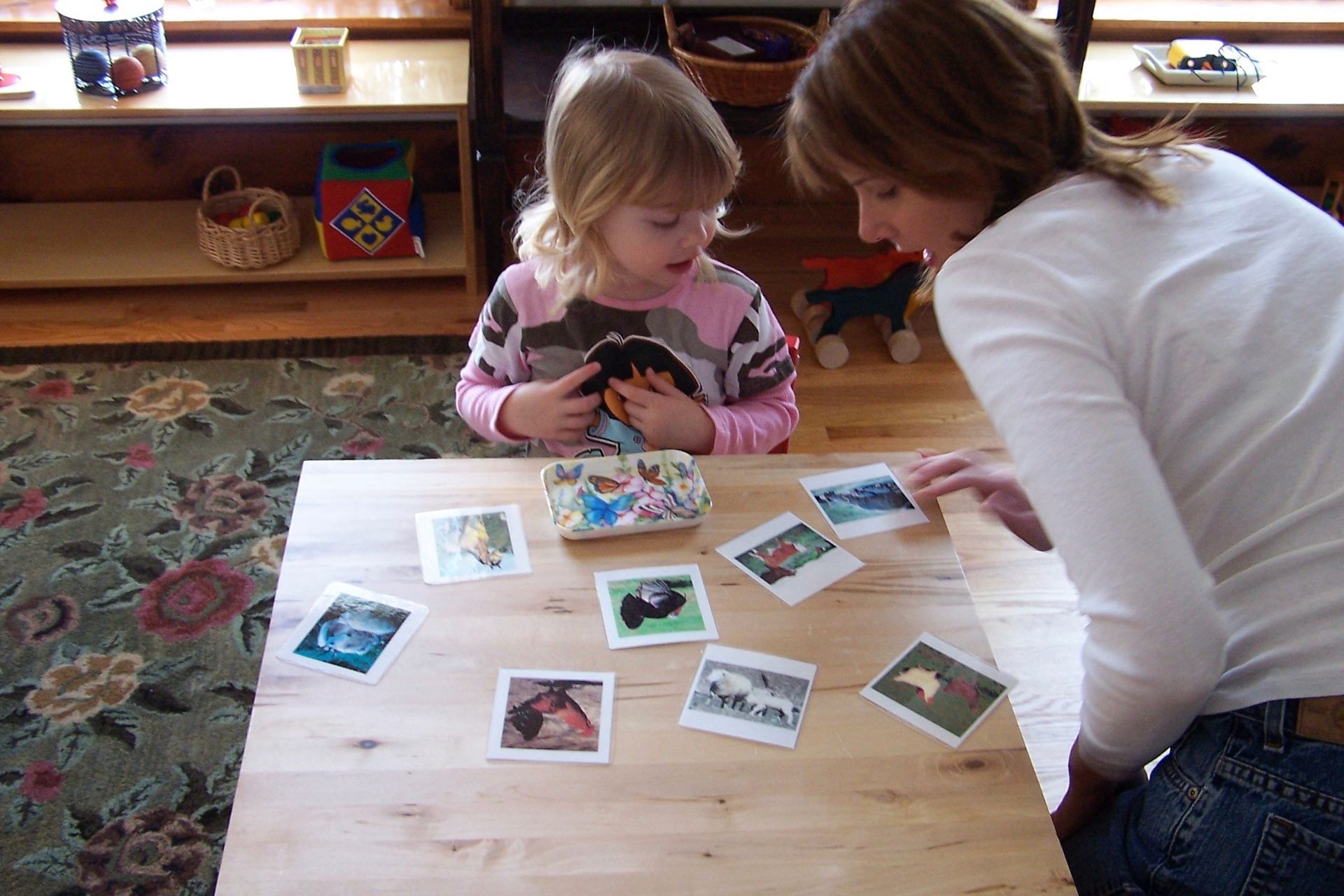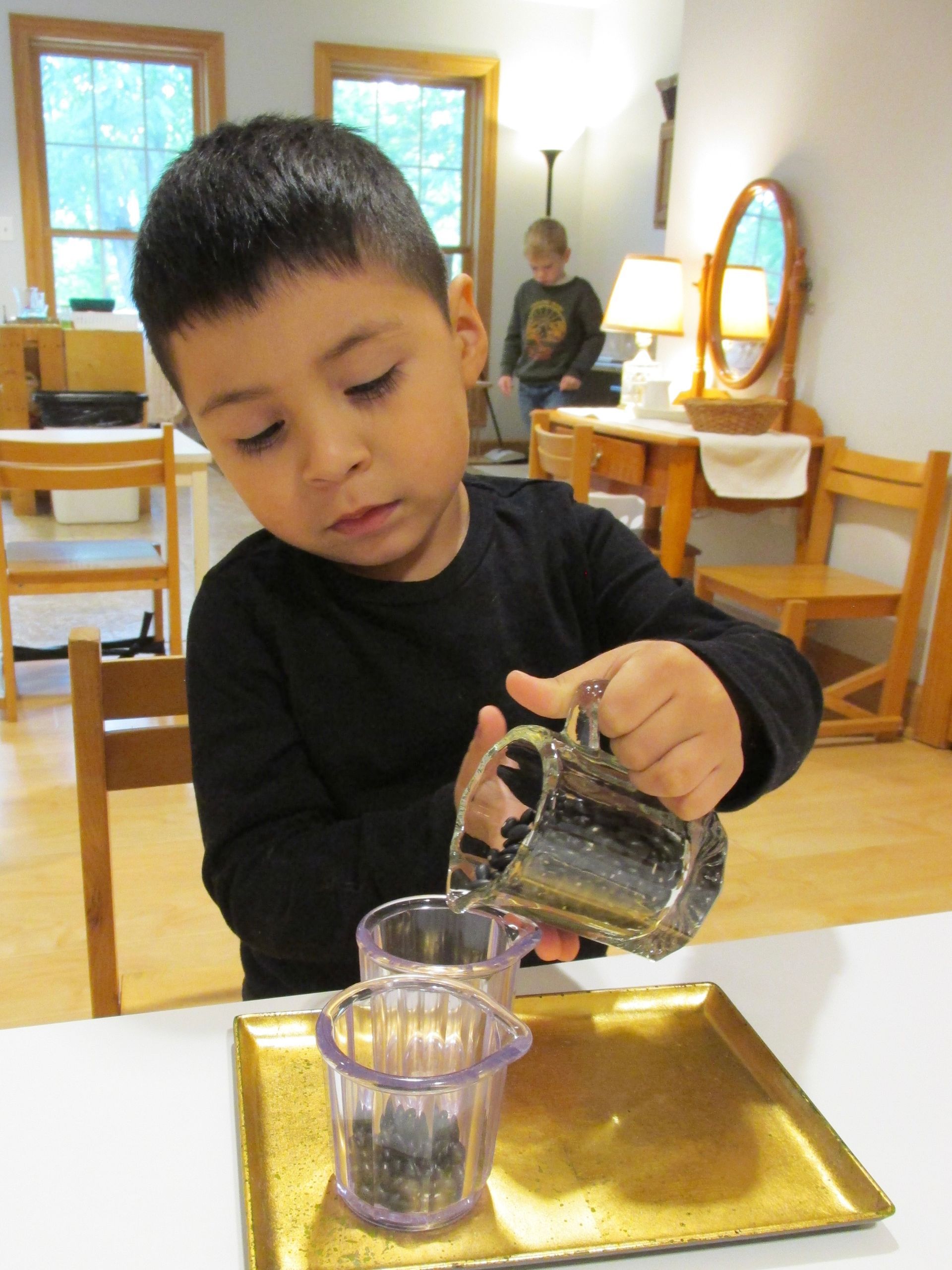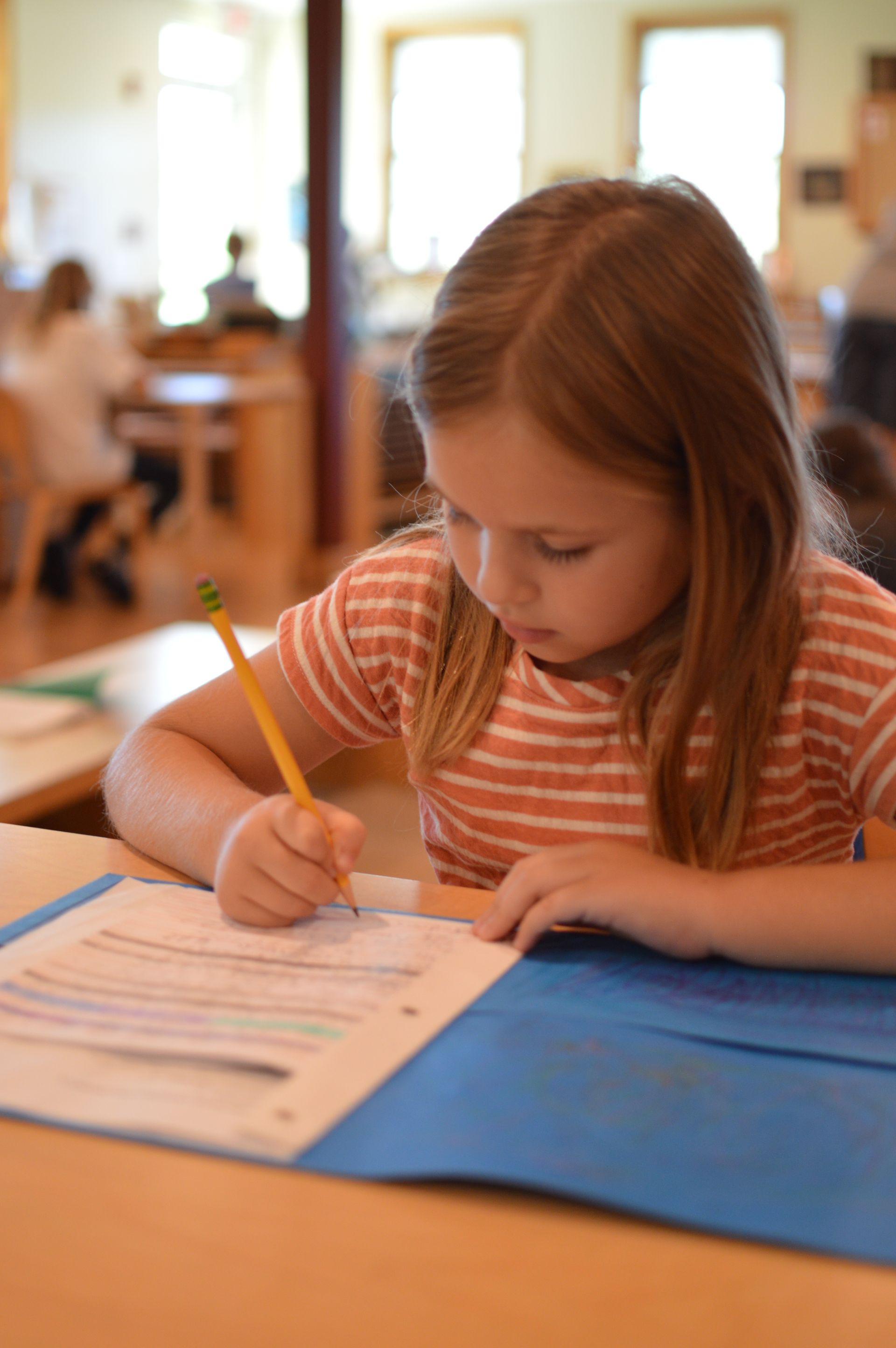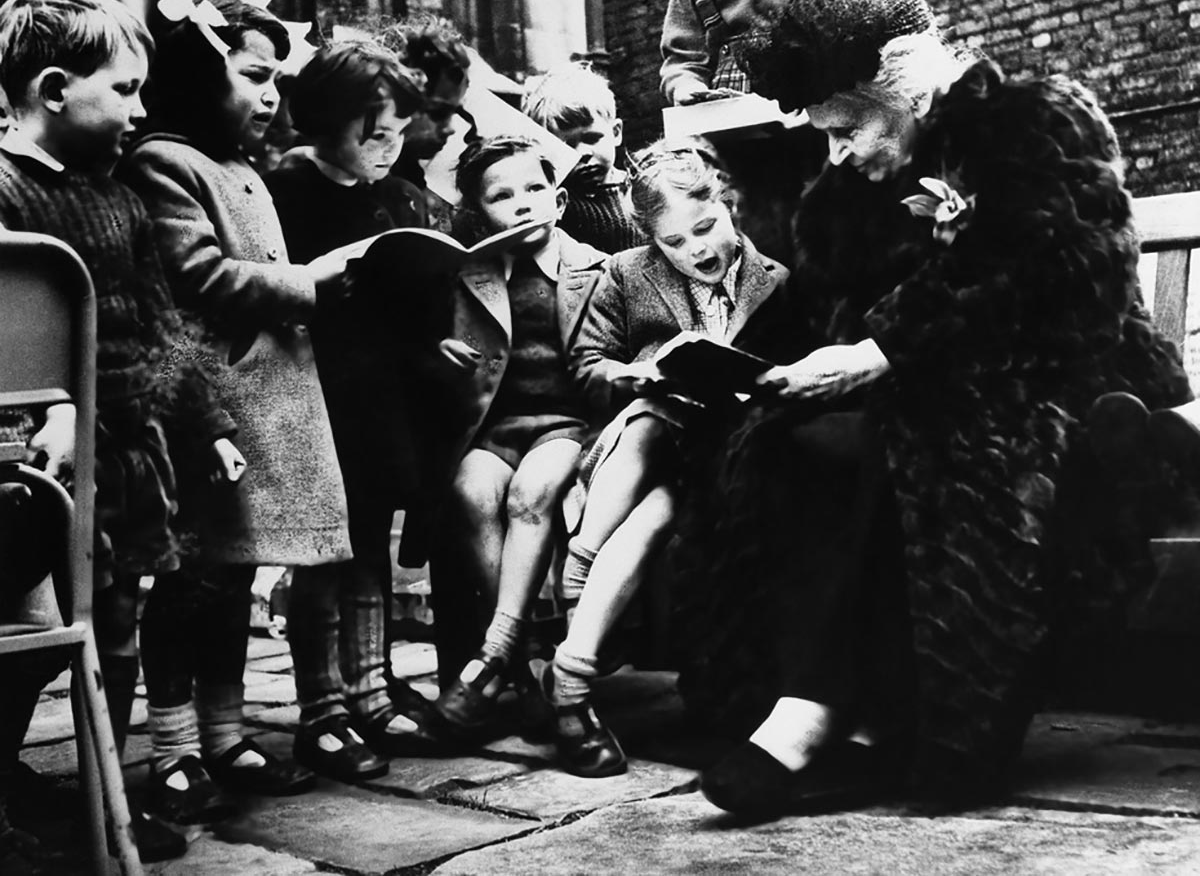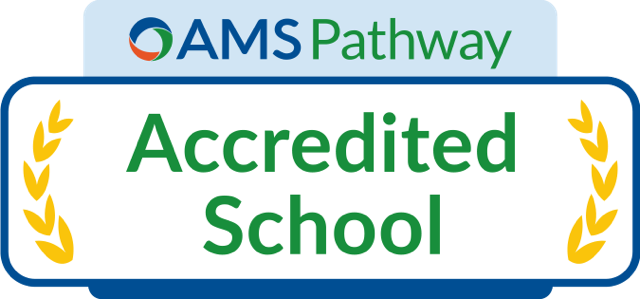Where academic and spiritual growth go hand in hand
A Christian Montessori school in Yorkville IL students ages 15 months - 13 years
Our mission is to nurture and assist children as they develop confidence and prepare for life!
At Peaceful Pathways Montessori Academy, we place equal value on the development of character and the acquisition of academic knowledge. We help students achieve their academic potential while instilling qualities of respect, responsibility and resourcefulness. Our unparalleled student-teacher relationships are at the heart of our success in achieving these goals at our Montessori school serving Yorkville and nearby areas.
We bring real world experience into the classroom to foster independence, perseverance and collaboration. We inspire and prepare students to think and do for themselves, serve others, discover their own path to success, and learn the value of contributing to their community as they transition from children, to adolescents, to adults in our authentic Montessori programs.
Why do so many families choose Peaceful Pathways Montessori?
Lessons are designed and given to each child when they are most ready to learn.
Social, emotional, and physical development is emphasized along with academic skills. Each child is able to discover their God given gifts and talents.
Freedom to move and choose activities and socialize within our unique structure fosters independence and self-confidence.
Current neuroscience and human development research consistently backs authentic high-fidelity Montessori.
The Montessori Difference
Discover the 5 biggest limitations with traditional education and how Montessori can unleash your child's independence, confidence, and love for learning.
Sign up for our FREE 5-day email course.
We are so grateful to have found this school. It aligns with our educational values of whole child education and the community of families couldn't be more welcoming. PPMA even offers everything from Cub Scouts to band. There's a greenhouse, chickens and offers relevant and authentic learning opportunities without the burden of homework or standardized testing. As a former public education teacher, I wholeheartedly believe in the Montessori philosophy and highly recommend PPMA.
Eric Patnoudes
We are now on grandchild #3 attending this amazing school. Every drop off feels like they are headed in for a day with family and friends. The warmth, the caring, and the happiness in learning is difficult to describe. But it is there and we so love that it is! An amazing experience for children to be in this environment. We can never thank you enough for all you have done and are doing!
Linda G.
To say that we love PPMA is an understatement. My son has been at PPMA since he was 18 months old and he has flourished so much. We adore everyone!
Emi C.
Visit us!
We invite you to visit to our school's campus, observe the children and teachers in their classrooms, and see our school in action. We encourage you to ask questions and learn about the opportunities available for your family at our Montessori school.
Our campus is designed to reflect the Montessori philosophy and approach of the school and enable our mission. We have expansive indoor and outdoor spaces with plenty of room for exploration, collaboration and discovery. We offer an environment filled with unique learning materials, tools and opportunities to learn by doing at Peaceful Pathways Montessori Academy.


